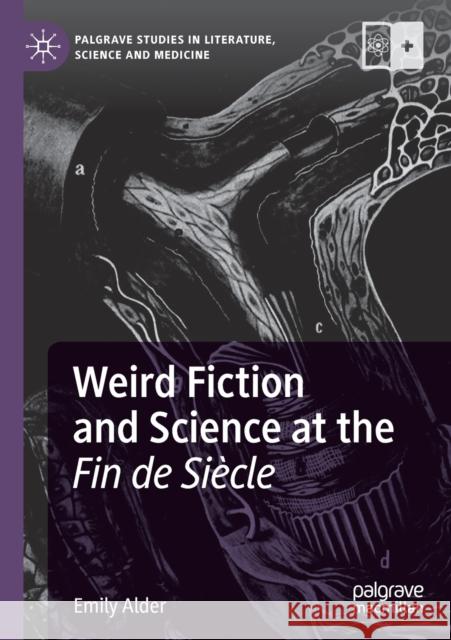Weird Fiction and Science at the Fin de Siècle » książka
topmenu
Weird Fiction and Science at the Fin de Siècle
ISBN-13: 9783030326548 / Angielski / Miękka / 2021 / 250 str.
Weird Fiction and Science at the Fin de Siècle
ISBN-13: 9783030326548 / Angielski / Miękka / 2021 / 250 str.
cena 403,47
(netto: 384,26 VAT: 5%)
Najniższa cena z 30 dni: 385,52
(netto: 384,26 VAT: 5%)
Najniższa cena z 30 dni: 385,52
Termin realizacji zamówienia:
ok. 22 dni roboczych
Dostawa w 2026 r.
ok. 22 dni roboczych
Dostawa w 2026 r.
Darmowa dostawa!
Kategorie:
Kategorie BISAC:
Wydawca:
Palgrave MacMillan
Seria wydawnicza:
Język:
Angielski
ISBN-13:
9783030326548
Rok wydania:
2021
Wydanie:
2020
Numer serii:
000778134
Ilość stron:
250
Waga:
0.34 kg
Wymiary:
21.01 x 14.81 x 1.5
Oprawa:
Miękka
Wolumenów:
01
Dodatkowe informacje:
Wydanie ilustrowane











